Case 1. The Diner
An American touchstone. From Twin Peaks to Happy Days, the diner is everywhere. Checkered tile floor. Jukebox. Booths. Spinning stools at the counter. Menu's that feature chili, pie, eggs, burgers, stew, milkshakes, and coffee. Waitresses in skirts. Orders taken on paper and sent to kitchen on metal order wheels. A single cook sweating in a funny hat and greasy t-shirt.
This is one of many detached icons which floats freely in our collective consciousness. The diner is a permanent fixture of the dreamscape of visual literature.
There are two architectural "perfections" of the diner which come to mind. One is the old traincar style diner such as might be painted by Edward Hopper or Norman Rockwell. It is the sort of thing that you'd expect to see in the naked city of yore.

The other perfection is generic west-coast style eatery that we find in a Tarantino or Lynch film. The unbranded or generic "Denny's" style diner where our characters engage in dialogue.

The latter is the "modern" diner and is, more or less, a "reality." The former, however, is an anachronism that we keep revisiting, although the closest things we have is a Waffle House or an overpriced nostalgia themed establishment like Gunther Toody's where you overpay to imagine that you're in Marty McFly walking back into 1955.
We find the classic diner in space (Attack of the Clones) and we find Diners as a purgatory space (e.g., Legion, Romeo is Bleeding).
When it all comes tumbling down, the diner will still be there. And you will be able to get a piece of pie with Clarence Worley or Agent Cooper.
An American touchstone. From Twin Peaks to Happy Days, the diner is everywhere. Checkered tile floor. Jukebox. Booths. Spinning stools at the counter. Menu's that feature chili, pie, eggs, burgers, stew, milkshakes, and coffee. Waitresses in skirts. Orders taken on paper and sent to kitchen on metal order wheels. A single cook sweating in a funny hat and greasy t-shirt.
This is one of many detached icons which floats freely in our collective consciousness. The diner is a permanent fixture of the dreamscape of visual literature.
There are two architectural "perfections" of the diner which come to mind. One is the old traincar style diner such as might be painted by Edward Hopper or Norman Rockwell. It is the sort of thing that you'd expect to see in the naked city of yore.

The other perfection is generic west-coast style eatery that we find in a Tarantino or Lynch film. The unbranded or generic "Denny's" style diner where our characters engage in dialogue.

The latter is the "modern" diner and is, more or less, a "reality." The former, however, is an anachronism that we keep revisiting, although the closest things we have is a Waffle House or an overpriced nostalgia themed establishment like Gunther Toody's where you overpay to imagine that you're in Marty McFly walking back into 1955.
We find the classic diner in space (Attack of the Clones) and we find Diners as a purgatory space (e.g., Legion, Romeo is Bleeding).
When it all comes tumbling down, the diner will still be there. And you will be able to get a piece of pie with Clarence Worley or Agent Cooper.
Last edited by Corax; 2 weeks ago at 01:14 AM.
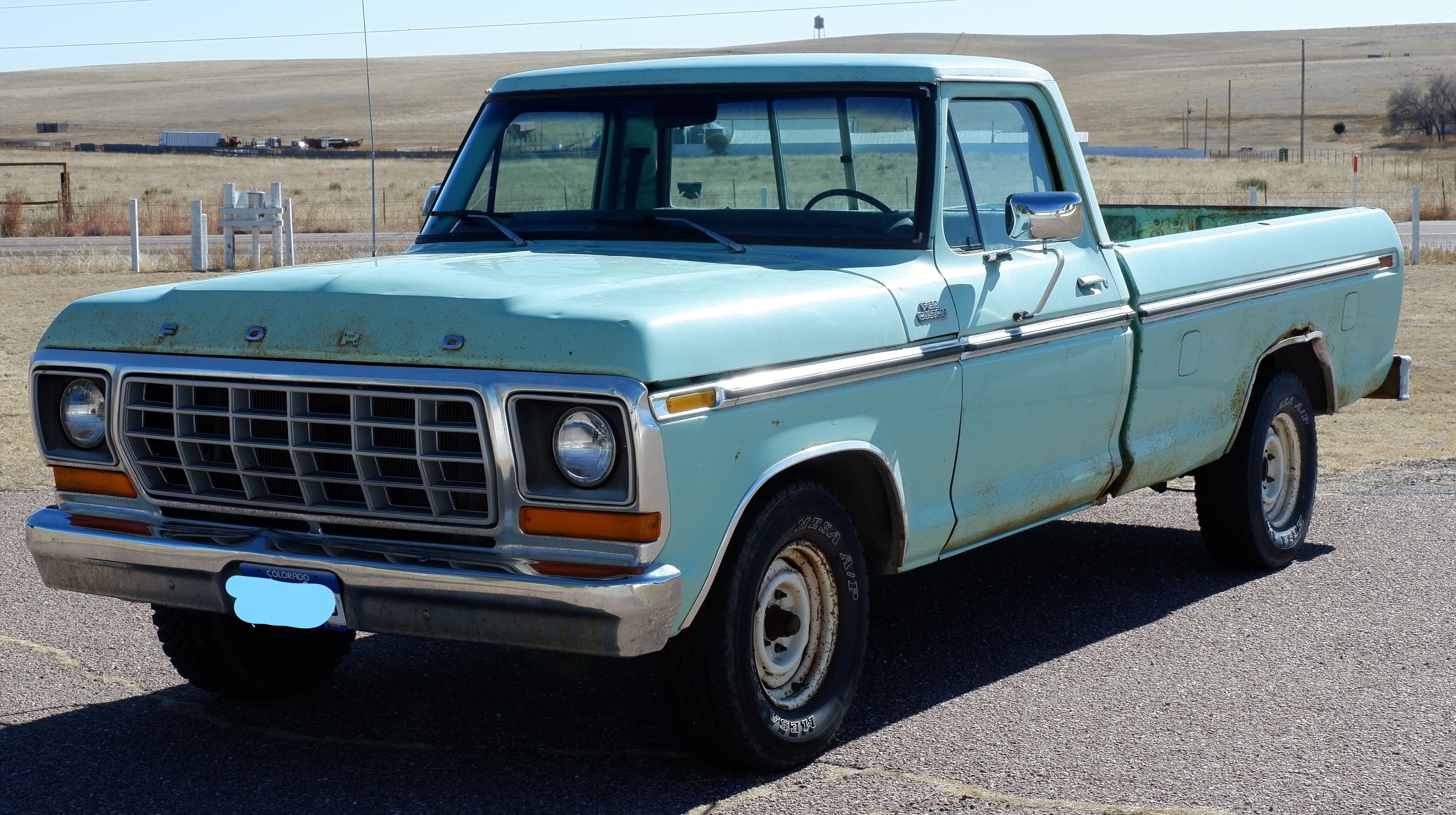
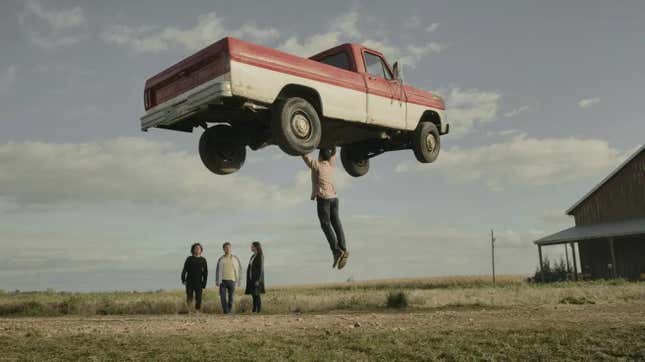
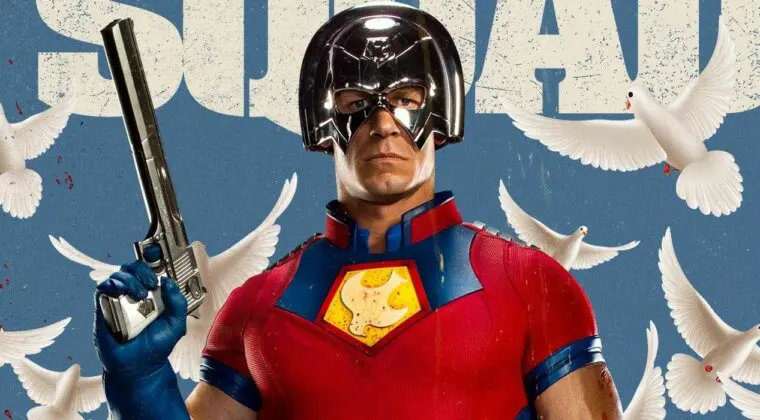



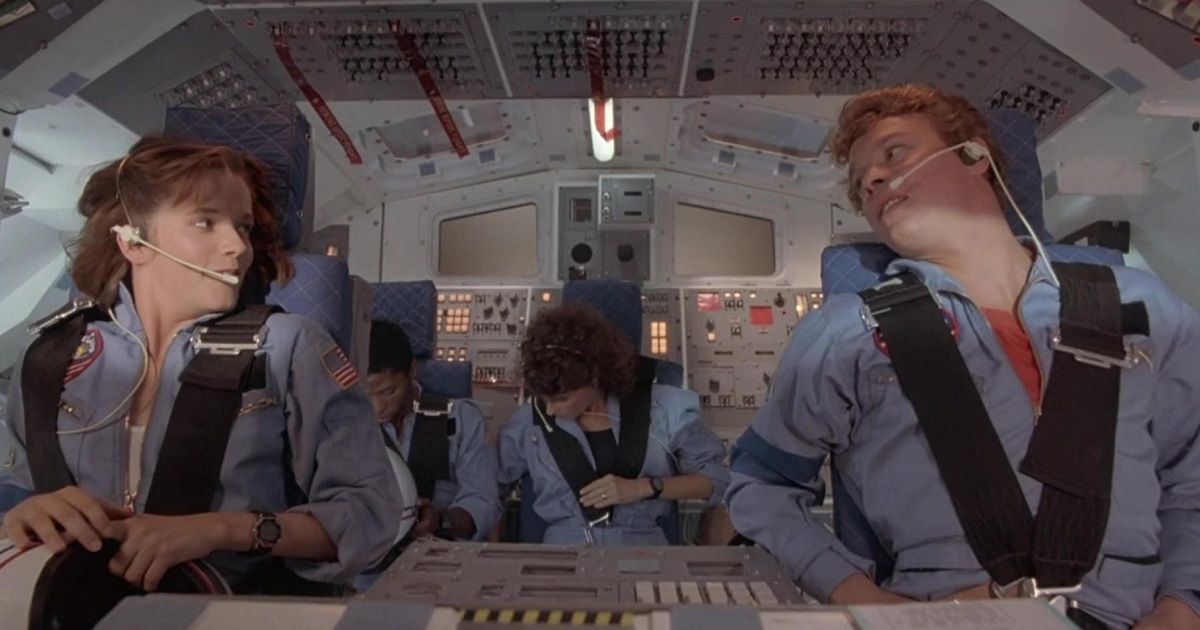
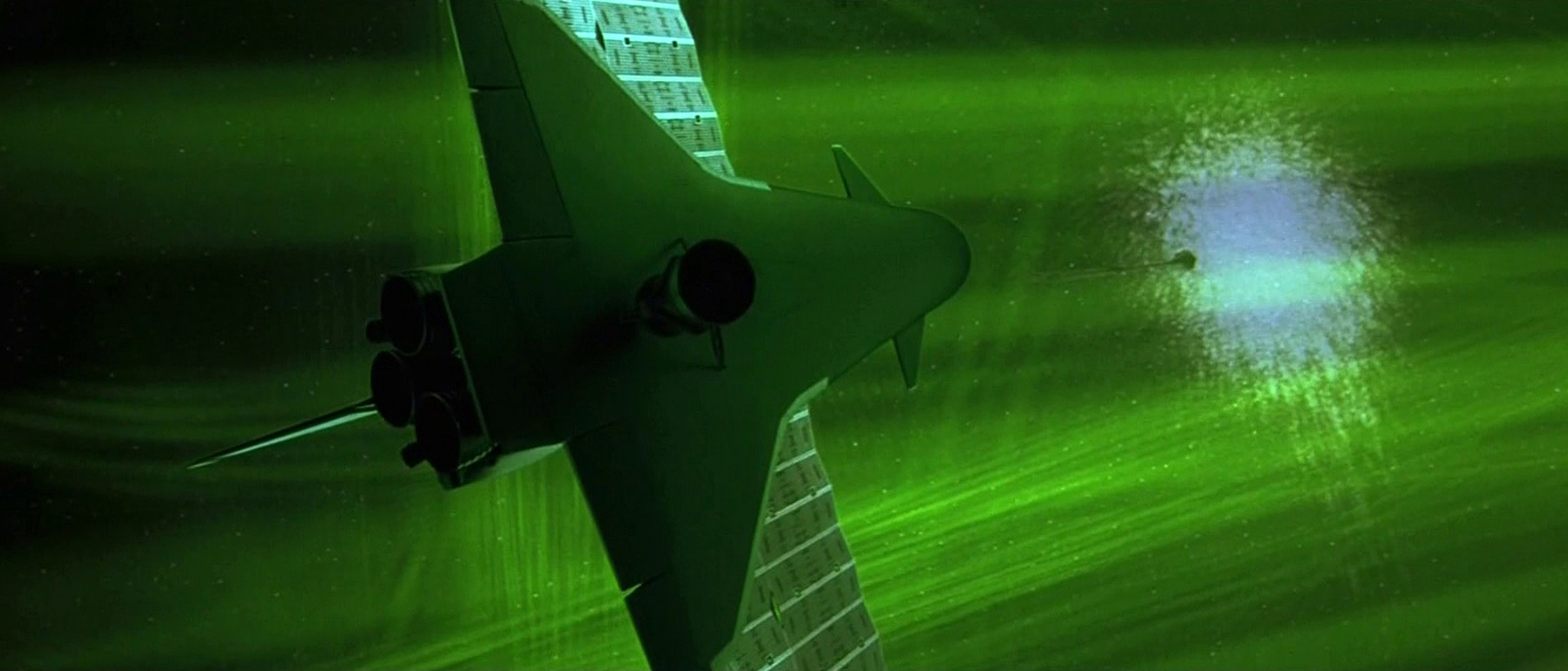




 Check out my podcast:
Check out my podcast: 